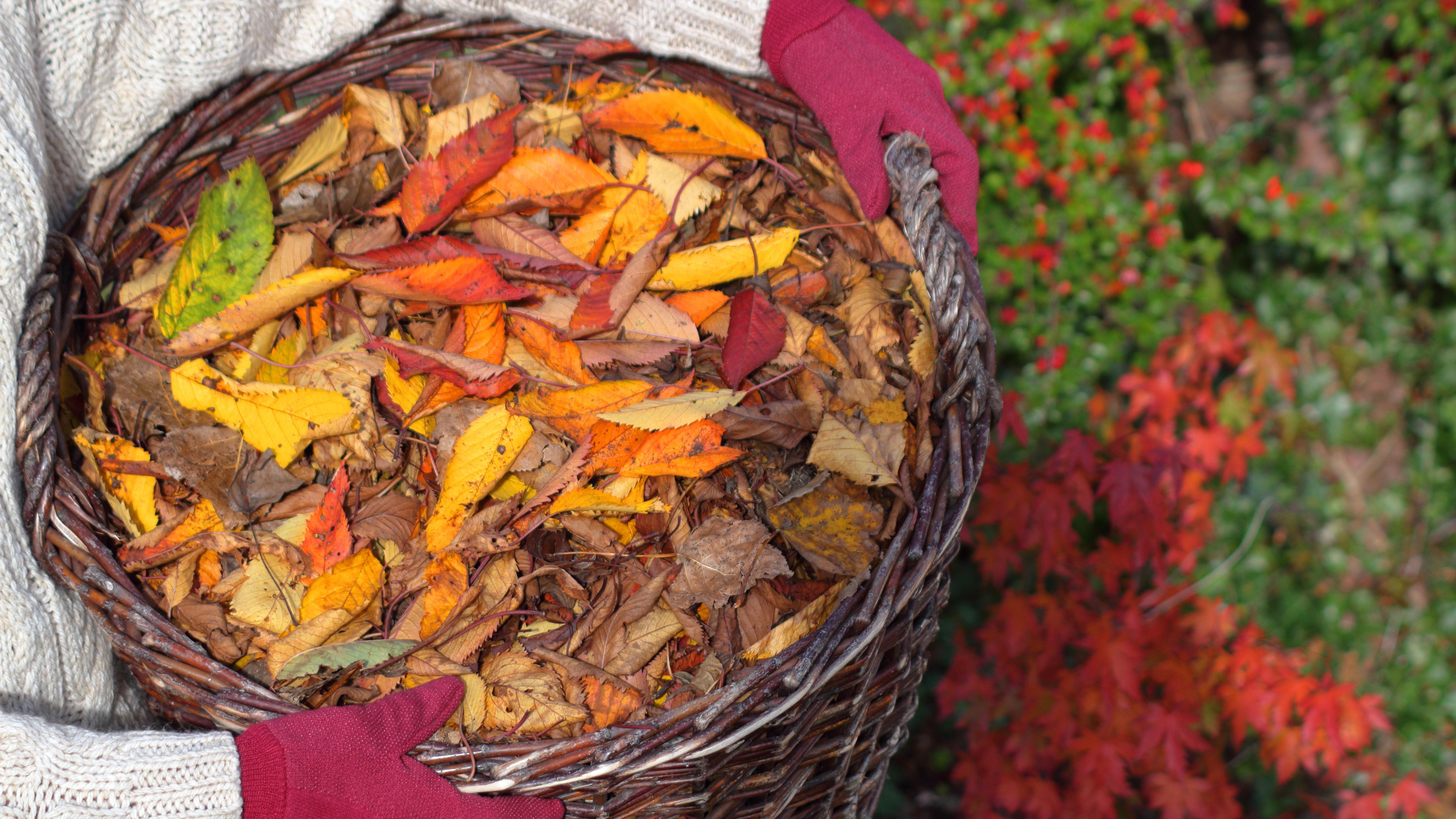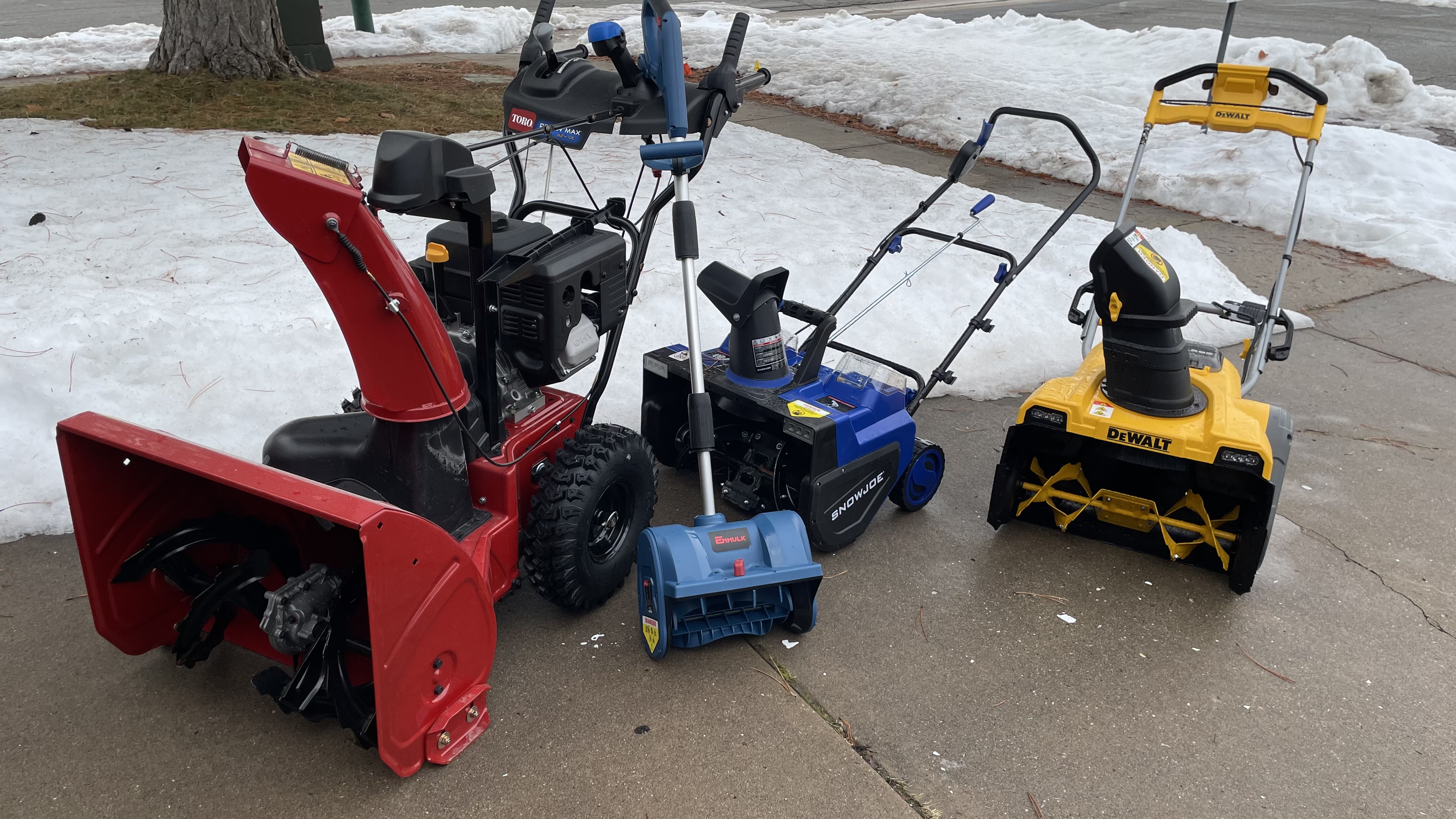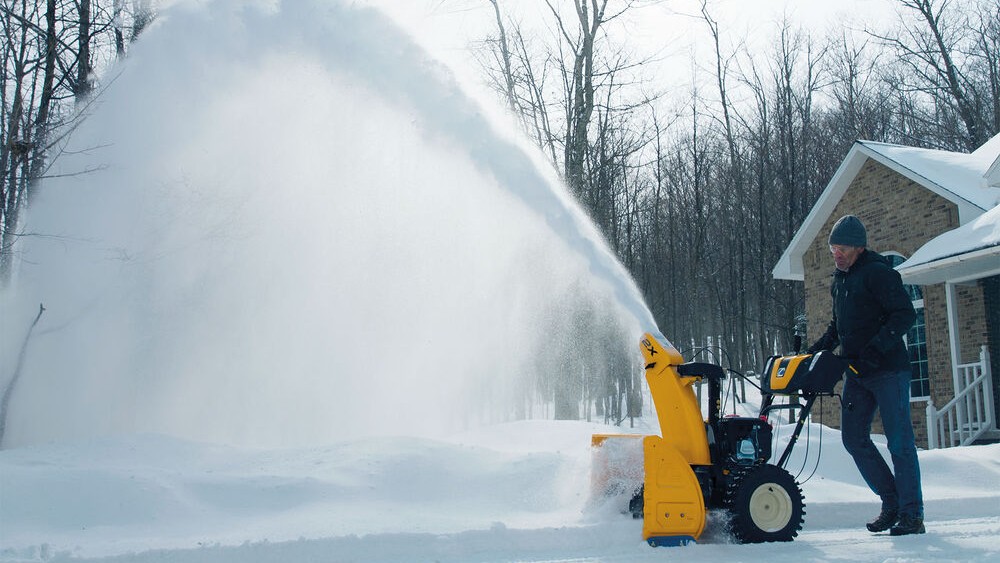A snow blower is a wonderful machine to have available during the winter months. Snow blowers can save you a lot of time and physical strain by quickly and easily removing snow from your property, but what happens to your snow blower when winter is over?
Generally, a snow blower takes up precious space in your garage or shed for several months out of the year. This is precisely the reason why many people opt to not own a snow blower – it can be difficult to justify the purchase for a big expensive machine you are only going to use possibly a few times a year. We’re here to tell you that doesn’t need to be the case.
Although the name suggests its primary purpose, the best snow blowers can be used for a variety of outdoor tasks to help you accomplish your home maintenance goals. Before we get into other tasks that you can complete with a snow blower, you should brush up on how to use a snow blower before you begin using it for other tasks.
Also, choosing the right snow blower for you will help you determine all of the criteria you should consider before you purchase the right machine for your needs.
We’ve already covered that snow blowers can be a great tool for winter. Now, let’s get into the four other uses for a snow blower to help you beyond winter snow removal, with advice from experts James Mayfield and Calum Maddock.

James Mayfield is a HAZMAT engineer and the CEO and president of Mayfield Environmental Engineering. They are the only company in SoCal with full Weed Abatement, Landscaping Services, and Manual Labor with a 40-hour HAZWOPER-certified team, leveraging their extensive expertise in horticulture and gardening techniques to ensure beautiful and thriving landscapes.
1. Get your lawn ready for winter by clearing leaves
Raking leaves is a tedious and physically expending task, especially if you have several trees around your property. Heck, one big tree can leave a huge job waiting for you on your lawn. Leaving behind leaves in your lawn before winter can cause all sorts of issues for your grass. It can smother grass and stop lawn growth, cause lawn disease and even bring unwanted critters and creepy crawlers to your property. Plus, if you don't already have one of the best leaf blowers, it'll save you from buying an extra yard tool.
"While their main function is moving snow efficiently from driveways and walkways, the powerful engines and versatile designs lend themselves well to tasks like leaf and debris cleaning too," James explains. You can use your snow blower well into spring to clear leaves and twigs. Plus, James adds that "the rotating blades make short work of shredding organic material, which is great for composting later on."

Removing unwanted leaves is an easy task with a snow blower. You’ll want to use a self-propelled snow blower with a wide mouth. To begin, start by using the traction drive to propel the snow blower forward, but don’t have the augers and impeller going quite yet. You want to scoop and push the leaves to where you want them to go. When you reach the area you want the leaves to go, let’s say a truck bed or tarp lined trailer, then use the augers to mulch, suck up, and toss the leaves into the truck bed or trailer.
Come winter time, if you're snow blower is having trouble starting and / or you're figuring out how to clean your snow blower, you can use your leaf blower to remove snow in the interim. Who knew that leaf blowers and snow blowers were so similar?!
2. Use your snow blower to move mulch and dirt
Anyone who has ever had to move a huge pile of dirt knows how incredibly heavy and taxing it can be. Snow blowers, much like moving heavy snow, can make light work of moving dirt and mulch to wherever you want it to go.
"If you have a pile of topsoil or mulch in the middle of a large bed, then you can use the snow blower to spread it out evenly without needing to shovel and rake it," says Calum Maddock, gardening expert at HomeHow. It's a time-saving approach that makes sure the mulch is distributed across a space.

Calum Maddock is a UK-based landscaper with over 15 years of experience in the industry. As a gardening expert for HomeHow, Calum offers his expert advice to tradespeople and homeowners around the globe, and has been featured as a gardening expert for a range of reputable publications.
First, you’ll want to ensure that the dirt or mulch is within throwing distance of where you want it to go. Next, take your snow blower and guide it through smaller sections of the dirt, with the chute and chute’s pitch adjusted to where you want the dirt or mulch to be thrown. Drive over the pile continuing to throw the dirt until you’ve completed the job.

Another way to accomplish this task is by moving a trailer parallel to the snow blower. You can then turn the augers on, but ensure the machine isn’t propelling itself forward. Then you can use a shovel or pitchfork to shovel the mulch into the mouth of the snow blower, and the snow blower will take care of the rest, before using your snow blower to level the dirt.
3. Level dirt with your snow blower
A snow blower has a flat and straight blade on the bottom of it. When you drive your snow blower over dirt, the blade will flatten and level the dirt beneath it. You can also adjust the skid plates to raise or lower the snow blower to your desired leveling height. This will also help you avoid the augers from digging into the ground and hitting debris or gouging the ground you are levelling.

4. Remove standing water with snow blower
In order to achieve this feat, you'll want to ensure you have a two-stage snow blower with an impeller. The impeller will help propel water out of the chute. Move the snow blower into an area of standing water. Place a barrel, bucket, or whatever you want the water to be moved to. You'll want to activate the augers and impeller, but not the traction drive (what moves the snow blower forward and backwards). Your snow blower should be able to suck up the water and throw it into the receptacle of your choice.

